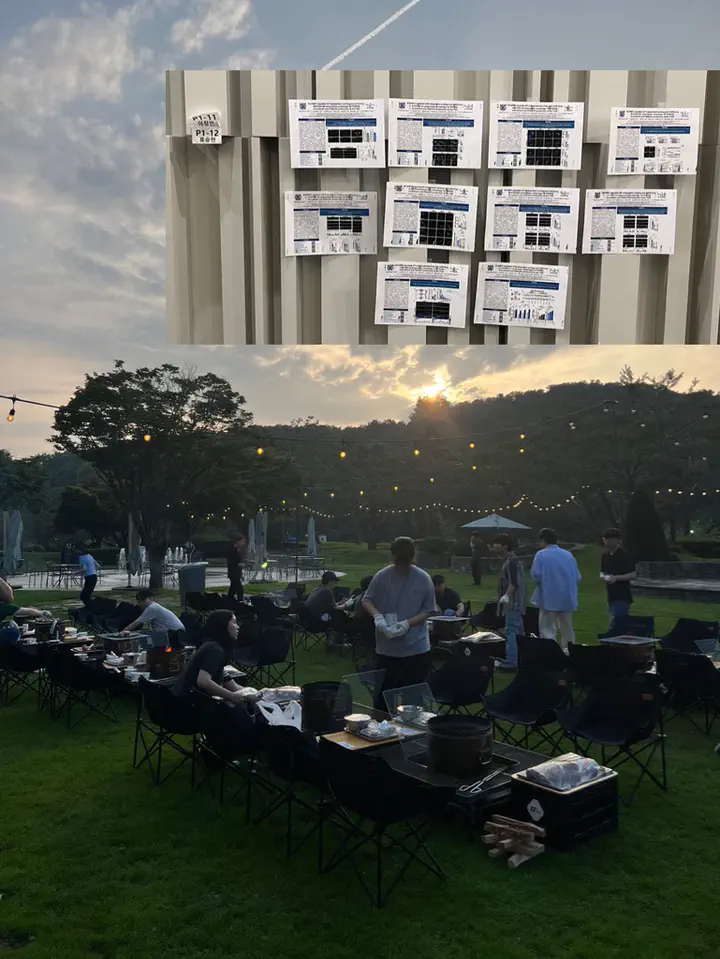SCAMP5 regulates AP-4-dependent sorting and trafficking of ATG9A for presynaptic autophagy via PI4KIIIβ recruitment and PtdInsP4 production at the TGN
 Image credit: Seung Hyun Ryu
Image credit: Seung Hyun Ryu
Abstract
Neuronal autophagosome formation at distant presynaptic sites relies on ATG9A trafficking, a process mediated by AP-4 at the trans-Golgi network (TGN), but the molecular mechanisms governing its sorting for presynaptic delivery have remained elusive. Here, we uncover an unexpected role for SCAMP5, a key regulator of synaptic vesicle dynamics, in orchestrating presynaptic autophagy through its actions at the TGN. SCAMP5 depletion severely impairs autophagosome formation at presynaptic boutons. Mechanistically, we identify SCAMP5 as a novel binding partner of phosphatidylinositol 4-kinase IIIβ (PI4KIIIβ), where it controls PI4KIIIβ recruitment to the TGN and subsequent phosphatidylinositol 4-phosphate (PtdInsP4) production. As PtdInsP4 is essential for AP-4 recruitment, SCAMP5 depletion disrupts AP-4-mediated ATG9A trafficking to presynaptic sites, thereby compromising presynaptic autophagy and subsequent protein turnover. Our findings establish that SCAMP5 coordinates ATG9A-dependent presynaptic autophagy through PI4KIIIβ recruitment and PtdInsP4 production at the TGN, revealing a novel pathway critical for maintaining presynaptic protein homeostasis.